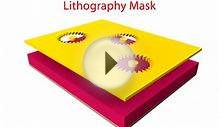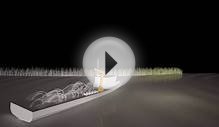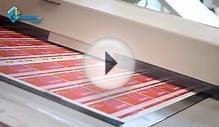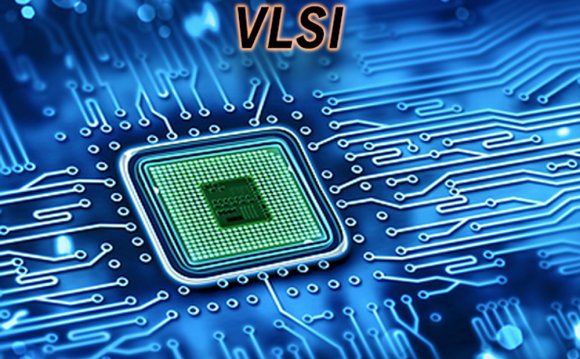
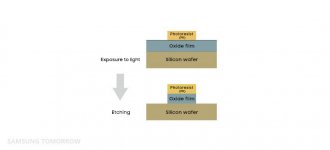 In the of the series, we covered the photolithography, or “photo, ” process in which circuit patterns were drawn on the wafer surface. Now, the wafer is ready go through the etching process to have any unnecessary materials removed so that only the desired patterns remain on its exterior.
In the of the series, we covered the photolithography, or “photo, ” process in which circuit patterns were drawn on the wafer surface. Now, the wafer is ready go through the etching process to have any unnecessary materials removed so that only the desired patterns remain on its exterior.
An art in itself
Etching is a method widely used in print-making for illustrations that require elaborate and detailed lines. Rembrandt, known as “the master of light and shadow, ” and Goya, a leading artist of the late 18th century, both used etching techniques in their artwork.
In etching, an anti-corrosive material is coated on a metal plate, then carved out with sharp tools like scribes and needles to draw the desired design. The plate is then dipped in a corrosive material such as nitric acid, and the level of corrosion is controlled. The exposed area is etched away, while the remaining area remains intact.
Similarly, the etching process in semiconductor fabrication uses a liquid or gas etchant to selectively remove unnecessary parts until the desired circuit patterns are left on the wafer surface. By repeating this process on multiple layers, a semiconductor chip is eventually born.
The two fundamental types of etchants are liquid-phase (“wet”) and plasma-phase (“dry”), and the method used depends on which material is to be etched. Whereas engraving utilizes sharp tools to physically carve out patterns, etchants are used in semiconductor manufacturing to remove the undesired portion of the wafer while the circuit patterns are protected with an anti-corrosive layer formed during the photo process.
Compared to the wet etching technique, dry etching is more costly and complicated. However, with continued innovation in semiconductor technology and the circuitry now in nanoscale, dry etching is the more widely used technique, as it produces a higher yield.
Dry etching to rid of unnecessary parts
So how does dry etching remove the unnecessary substrate materials?
Dry etching, also called plasma etching, starts with the generation of plasma. Plasma is a state of matter —along with solid, liquid and gas— that consists of a large number of free electrons, ions and neutrons, or molecules in the form of ionized gas. When something is ionized, it means a neutron or molecule has changed its state of electrical charge by either losing or gaining electrons.
When a magnetic field is applied to gas, its free electrons become energized and start bumping into neighboring neutrons or molecules. This collision, or ionization, of free electrons and neutrons produces even more free electrons.
YOU MIGHT ALSO LIKE
